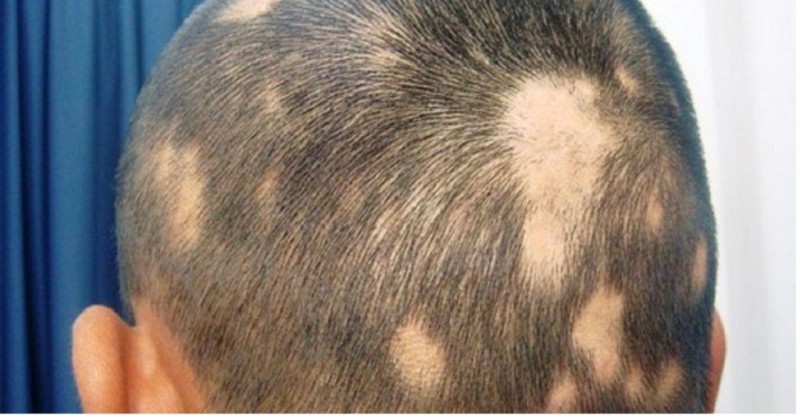
Are you struggling with hair loss that seems to be more severe and permanent than usual? You might be dealing with scarring alopecia, a condition that can lead to irreversible hair loss if not properly diagnosed and treated. In this article, we will delve into what scarring alopecia is, how to recognize its symptoms, and the available treatment options to help you regain your confidence and hair.
Understanding Scarring Alopecia
What is Scarring Alopecia?
Scarring alopecia, also known as cicatricial alopecia, is a rare and potentially devastating form of hair loss that results from inflammation damaging hair follicles and leading to scar tissue formation. Unlike other types of alopecia, scarring alopecia can cause irreversible hair loss because of the destruction of hair follicles.
Causes of Scarring Alopecia
The exact cause of scarring alopecia is not always clear, but it is believed to be related to autoimmune disorders, genetic predisposition, and even certain skin infections. Inflammation plays a central role in the progression of the condition.
Types of Scarring Alopecia
There are several types of scarring alopecia, each with distinct characteristics and underlying causes. These include:
Recognizing the Symptoms
Hair Thinning and Loss
One of the primary signs of scarring alopecia is gradual hair thinning, which can eventually progress to bald patches. Unlike other types of hair loss, scarring alopecia tends to be permanent.
Scalp Changes and Discomfort
Individuals with scarring alopecia may experience redness, scaling, and even pain or itching on the scalp. These symptoms can precede noticeable hair loss.
Skin Changes and Scarring
As the name suggests, scarring alopecia leads to scar tissue formation in the hair follicles. This can cause visible changes in the texture of the skin and may be accompanied by raised or depressed areas.
Diagnosing Scarring Alopecia
Medical History and Physical Examination
A dermatologist will begin by discussing your medical history and examining your scalp. Be prepared to provide details about the onset of symptoms and any family history of hair loss.
Scalp Biopsy and Laboratory Tests
A scalp biopsy involves taking a small sample of skin from the affected area for examination under a microscope. Laboratory tests may also be conducted to rule out underlying conditions.
Treatment Options
Medications
While scarring alopecia is challenging to treat, certain medications like corticosteroids and antimalarial drugs may help reduce inflammation and slow the progression of the condition.
Platelet-Rich Plasma (PRP) Therapy
PRP therapy involves injecting concentrated platelets from your own blood into the scalp. This can stimulate hair follicles and promote hair growth.
Hair Transplantation
In some cases, hair transplantation may be a viable option, particularly when the condition is stable. Individual hair follicles are transplanted from donor areas to the affected scalp.
Coping with Scarring Alopecia
Psychological Impact and Emotional Support
Dealing with hair loss, especially when it's irreversible, can have a significant psychological impact. Seeking support from friends, family, or a therapist can be immensely helpful.
Camouflage Techniques and Styling
Experimenting with different hairstyles, wigs, or hair accessories can help conceal hair loss and boost your confidence.
Prevention and Care
Early Intervention
Early diagnosis and intervention are crucial for managing scarring alopecia effectively. If you suspect hair loss beyond the normal range, consult a dermatologist promptly.
Scalp Health and Hygiene
Maintaining a healthy scalp through regular cleansing and gentle care can contribute to the overall well-being of your hair.
Scarring alopecia is a complex and often misunderstood condition that can lead to permanent hair loss. By recognizing the symptoms, seeking timely medical attention, and exploring various treatment options, you can take control of your hair health and regain your self-esteem. Remember, you're not alone in this journey, and with the right support, you can face scarring alopecia with resilience and confidence.
How to Address Hair Thinning and Hair Loss
How to Tackle Dry and Damaged Hair
How to Make Homemade Dog Treats: A Step-by-Step Guide to Healthy and Delicious Canine Delights